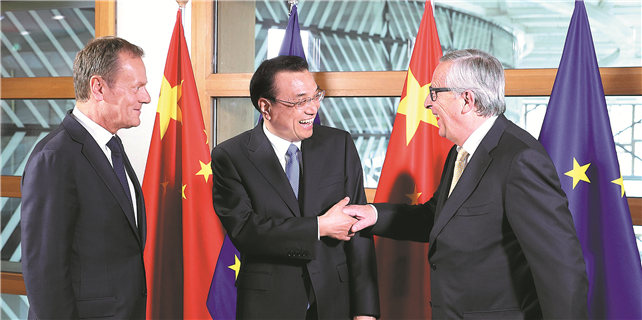Chinese yuan strengthens against US dollar for fourth day
BEIJING - The Chinese currency continued to strengthen against the US dollar for the fourth consecutive trading day Monday. Analysts said the yuan might continue rising against the dollar as it adapts to the changing global economic and financial environment.
The opening up of China's capital market has never stopped, and there are no fundamental signs of a runaway Chinese economy due to global liquidity volatility, according to analysts.
Under the strategic framework of the yuan's globalization and the Belt and Road Initiative, the best choice is to maintain a steadily growing exchange rate, they said.
Following a 20 basis point increase on the previous session, the central parity rate of the yuan strengthened 135 basis points to 6.7935 against the US dollar Monday, its highest since Nov 10 last year, according to China Foreign Exchange Trade System (CFETS).
The central parity rate is a weighted average of quotes from dealer banks, and follows a formula based on the previous day's closing rate and changes in a basket of selected currencies.
Under China's market-based, managed floating exchange rate system, the yuan can rise or fall by 2 percent against the US dollar from the central parity rate each trading day.
Authorities have said the country is considering a new yuan-dollar pricing formula to curb volatility.
The CFETS said the new formula would allow dealers to incorporate a "counter cyclical factor" into the existing formula to "appropriately hedge against the pro-cyclical fluctuation in market sentiment and alleviate the potential for herd behavior in the forex market."
China's forex market is easily influenced by irrational expectations and spurred by inertia, due to a certain level of "pro-cyclicality," which distorts market demand and supply, and magnifies the risk of exchange rate overcorrection, the CFETS said in a statement.
The CFETS did not give further details about when and how the "counter cyclical factor" will be used, but revealed that a number of dealer banks have already made adjustments on specific pricing models for their quotes.









